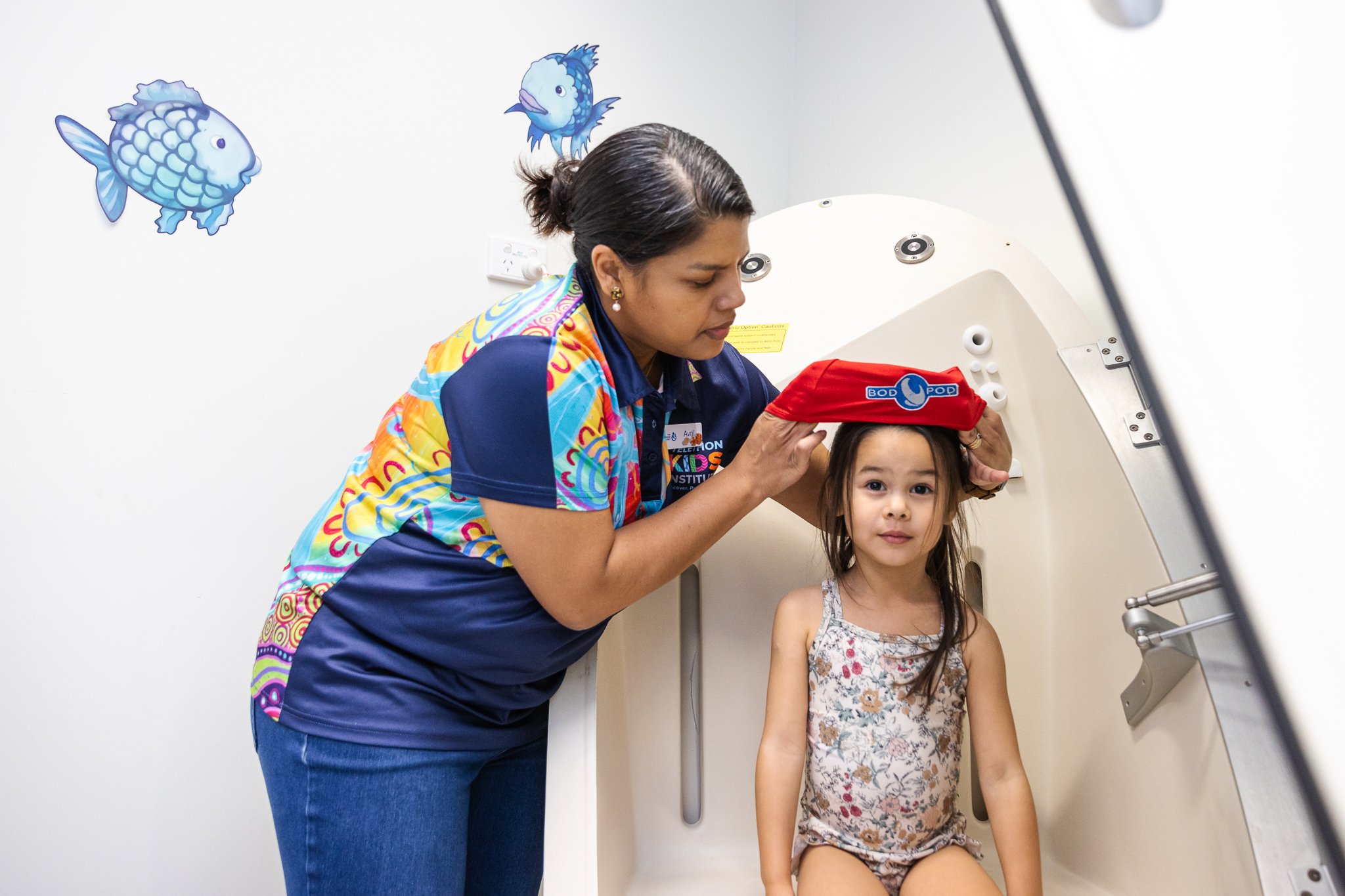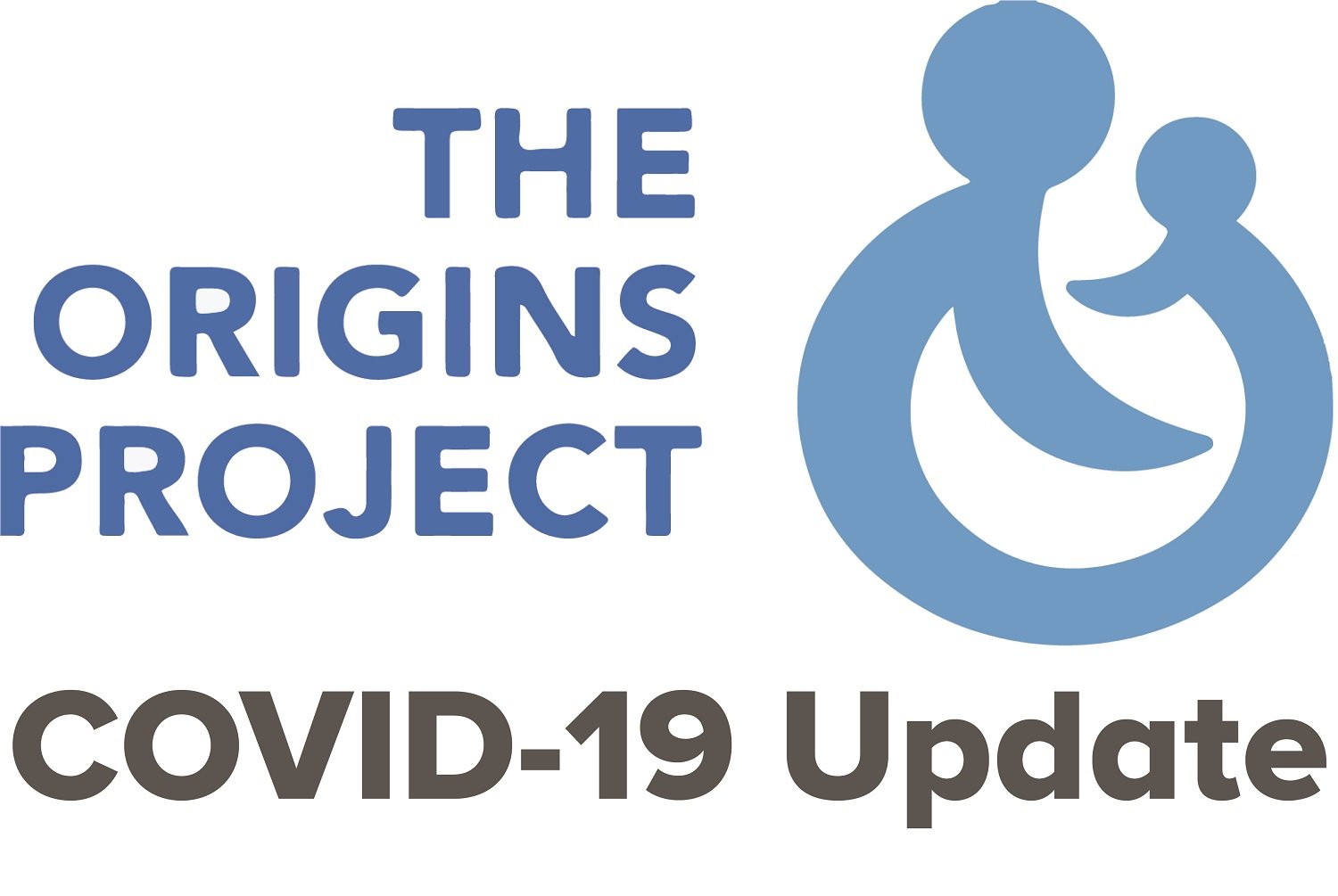Search
How protective is the whooping cough vaccine? Vaccination and allergy Even though Australia has high vaccination rates against whooping cough, we
Publications, papers and findings coming out of ORIGINS and its sub-projects

News & Events
SYMBA study boosted by WA Child Research FundORIGINS' SYMBA study awarded State Government grant to extend vital research into allergies

News & Events
Join our Weight & Body Composition Working GroupInterested in research into weight and body composition?

News & Events
COVID-19 Update: 27 June 2021COVID-19 27 June 2021 Update: It is business as usual for ORIGINS, though masks must be worn.

News & Events
ORIGINS Family Day 2021ORIGINS says thank you to our gorgeous families with a Family Fun Day at the Pearsall Hocking Community Centre.

News & Events
ORIGINS has welcomed its 4,000th familyORIGINS has recently welcomed its 4,000th family into the study.

News & Events
Tech use impact on child health probed in ORIGINS studyA possible link between a rise in conditions such as obesity and attention deficit disorder and the use of computers and smartphones is the focus of a new ORIGINS Project sub-study into the effects of technology on children’s development.

News & Events
ORIGINS BENEFIT study tackling peanut allergyORIGINS BENEFIT study is looking at whether mums eating more allergenic foods during pregnancy and early breastfeeding would make a difference to their children developing allergies.

News & Events
Cow’s milk protein allergies on rise in kidsOne of the more common food allergies ORIGINS is seeing in babies is cow’s milk protein allergy (CMPA).
